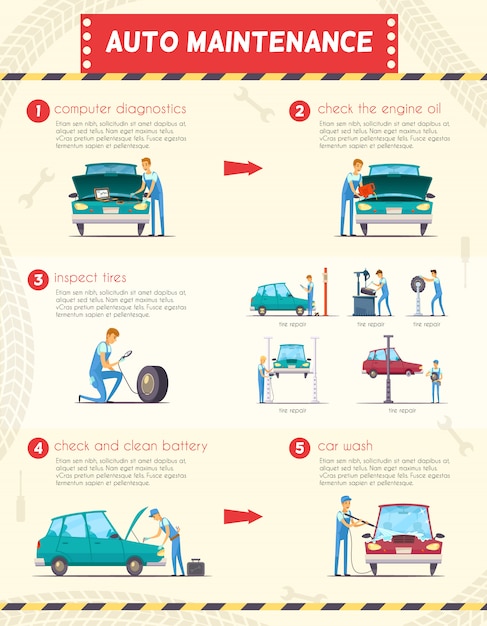Understanding The Actual Ramifications Of Warning Indicators In Your Car
Understanding The Actual Ramifications Of Warning Indicators In Your Car
Blog Article
Authored By-Johannsen Boyer
When you're behind the wheel, those beautiful warning lights on your control panel can be a bit puzzling. Do you recognize what they're attempting to inform you about your vehicle's wellness? Comprehending the significance of these lights is essential for your safety and security and the durability of your car. So, the following time one of those lights appears, wouldn't you intend to analyze its message accurately and take the essential steps to address it?
Common Caution Lights and Interpretations
Identify common caution lights in your cars and truck and understand their meanings to guarantee safe driving.
One of the most typical warning lights consist of the check engine light, which signifies problems with the engine or emissions system. If this light begins, it's important to have your car inspected without delay.
The oil stress warning light indicates reduced oil pressure, calling for prompt interest to prevent engine damage.
A flashing battery light may suggest a faulty charging system, possibly leaving you stranded if not dealt with.
The tire pressure surveillance system (TPMS) light informs you to low tire pressure, affecting automobile stability and gas effectiveness. Neglecting this could result in harmful driving problems.
The ABS light indicates a trouble with the anti-lock braking system, compromising your ability to stop quickly in emergencies.
Finally, the coolant temperature warning light warns of engine getting too hot, which can cause extreme damage if not settled promptly.
Comprehending these typical caution lights will help you resolve problems promptly and preserve safe driving problems.
Significance of Prompt Focus
Recognizing the typical warning lights in your cars and truck is only the very first step; the importance of promptly attending to these cautions can not be stressed enough to ensure your safety and security when traveling.
When a caution light brightens on your control panel, it's your auto's way of communicating a potential issue that requires interest. Overlooking these cautions can result in much more severe troubles in the future, compromising your safety and potentially costing you extra out of commission.
Trigger interest to warning lights can stop failures and accidents. For example, a blinking check engine light might show a misfire that, if left neglected, might create damage to the catalytic converter. Addressing Japanese car repair can conserve you from a pricey repair work.
In a similar way, a brake system alerting light may indicate low brake liquid or worn brake pads, important parts for your safety when driving.
Do It Yourself Troubleshooting Tips
If you see a warning light on your control panel, there are a few DIY troubleshooting ideas you can try prior to seeking professional aid.
The primary step is to consult your cars and truck's guidebook to recognize what the certain caution light indicates. Occasionally the concern can be as easy as a loosened gas cap causing the check engine light. Tightening up the gas cap might solve the issue.
One more common issue is a reduced battery, which can activate different alerting lights. Inspecting the battery links for corrosion and guaranteeing they're protected could take care of the trouble.
If a caution light continues, you can attempt resetting it by separating the automobile's battery for a few minutes and afterwards reconnecting it. In view it , inspecting your lorry's liquid levels, such as oil, coolant, and brake fluid, can help repair advising lights related to these systems.
Final thought
Finally, understanding your car's warning lights is essential for keeping your car running smoothly and securely. By promptly dealing with these notifies and knowing what they imply, you can prevent expensive repair work and potential breakdowns.
Remember to consult your cars and truck's handbook for particular information on each warning light and do something about it as necessary to ensure a hassle-free driving experience.
Stay notified, stay risk-free on the road!
